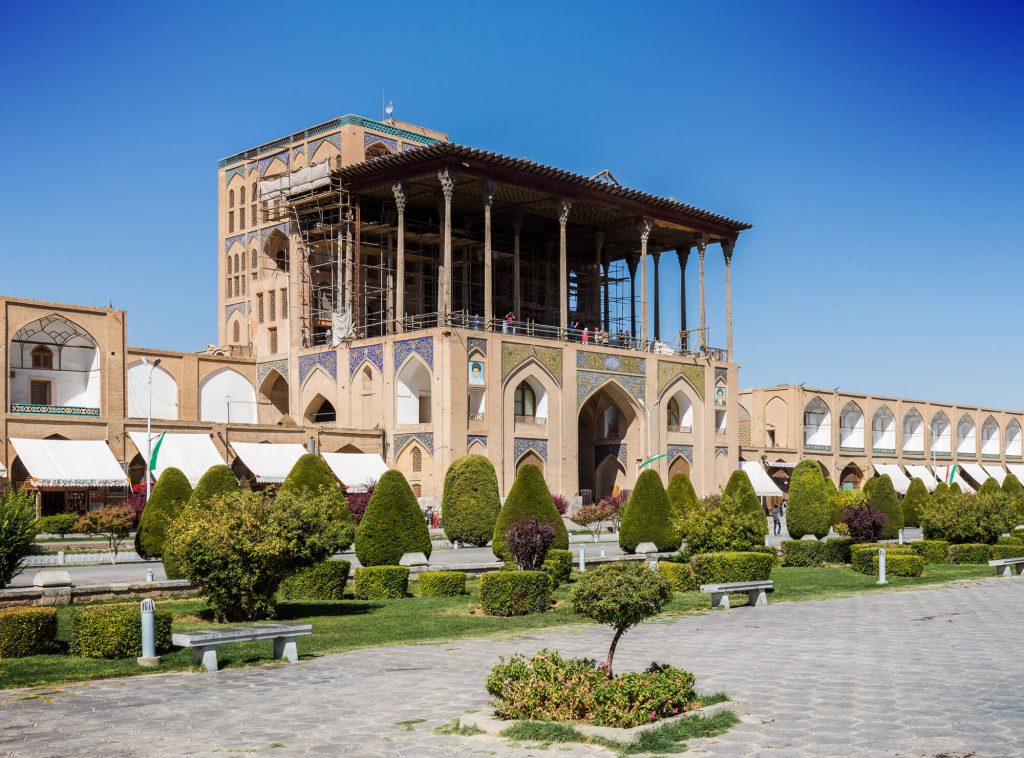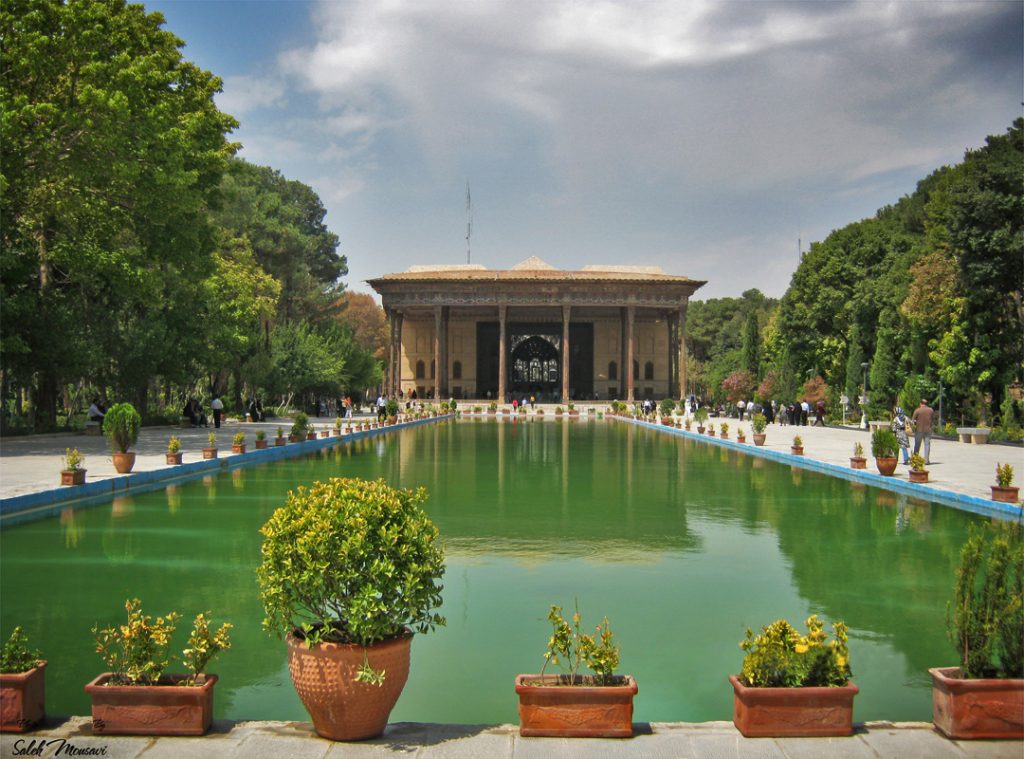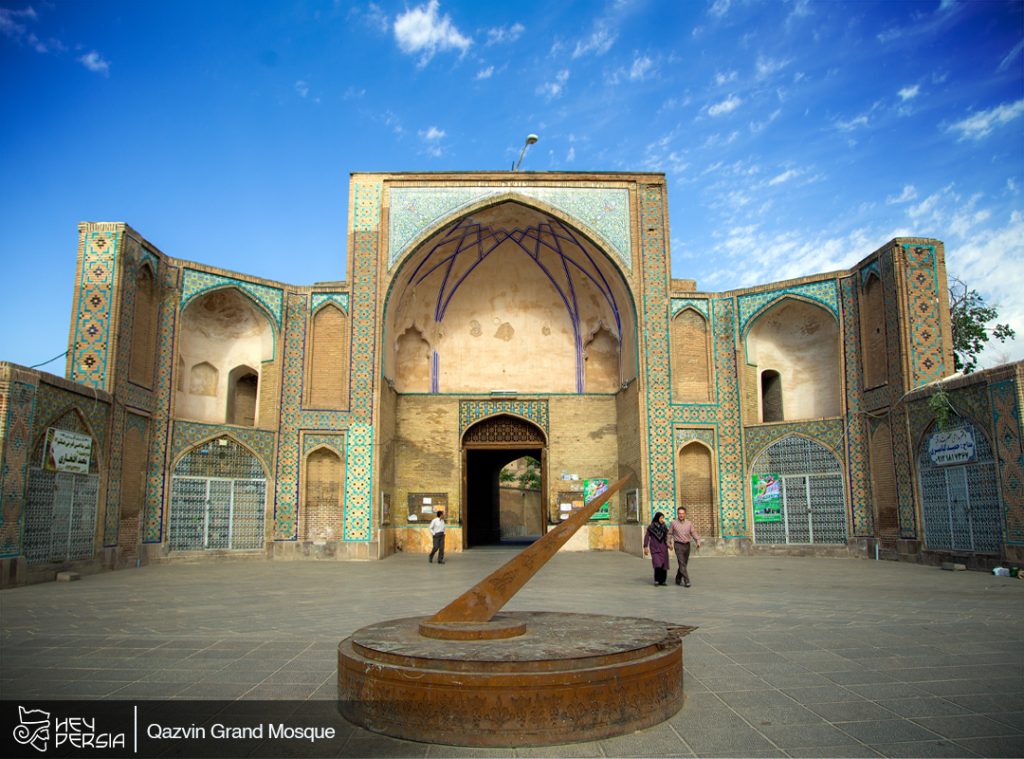Ruins of Takht-e-Jamshid, famously known as Persepolis, are amazing archaeological site situated near the city of Shiraz in Iran. Once the ceremonial capital of the mighty Achaemenid Empire, Persepolis stands as a testament to the grandeur and sophistication of ancient Persian civilization. Moreover, This UNESCO World Heritage Site beckons travelers and history enthusiasts alike to immerse themselves in the captivating remnants of a past era. It is where monumental architecture and intricate artwork intertwine to narrate the stories of an ancient empire. Stay with Hey Persia.
Historical Background in Ruins of Takht-e-Jamshid
The construction of Persepolis commenced during the reign of Darius the Great. He was the influential monarch of the Achaemenid dynasty, around 518 BCE. Over the centuries, succeeding kings, including Xerxes I and Artaxerxes I, continued to expand and embellish the city. Persepolis served as a symbolic center for the empire’s religious and political affairs. Its significance endured until its eventual decline and partial destruction during the conquest of Alexander the Great in 330 BCE.
The Audience Halls and Apadana
One of the most striking features of Persepolis is the Apadana, an immense audience hall built to host grand ceremonies and receive dignitaries from across the empire. Supported by impressive stone columns, the Apadana’s colossal staircase leads to the Terrace of the Throne, where the king’s seat once rested. The intricately carved reliefs on the walls depict processions of delegates and representatives from various nations, showcasing the empire’s diverse cultural influences.

The Splendor of Persian Architecture in Ruins of Takht-e-Jamshid
Persepolis is renowned for its architectural magnificence, showcasing a unique blend of various styles and influences from across the Achaemenid Empire. The monumental structures are made of massive limestone blocks, expertly carved with intricate bas-reliefs and cuneiform inscriptions. The impressive Gate of All Nations stands as a grand entrance to the site, adorned with the iconic lamassu sculptures, a mythical creature with the body of a bull, wings of an eagle, and the head of a bearded man.
The Palace Complexes in Ruins of Takht-e-Jamshid
The ruins of Persepolis boast several palaces, each a marvel of ancient architectural ingenuity. The grandest among them is the Palace of Darius, featuring exquisite columns and well-preserved bas-reliefs. The Tachara, or Palace of Xerxes, is another notable structure, adorned with intricate murals and inscriptions that offer a glimpse into the lifestyles and beliefs of the Achaemenid rulers and their subjects.
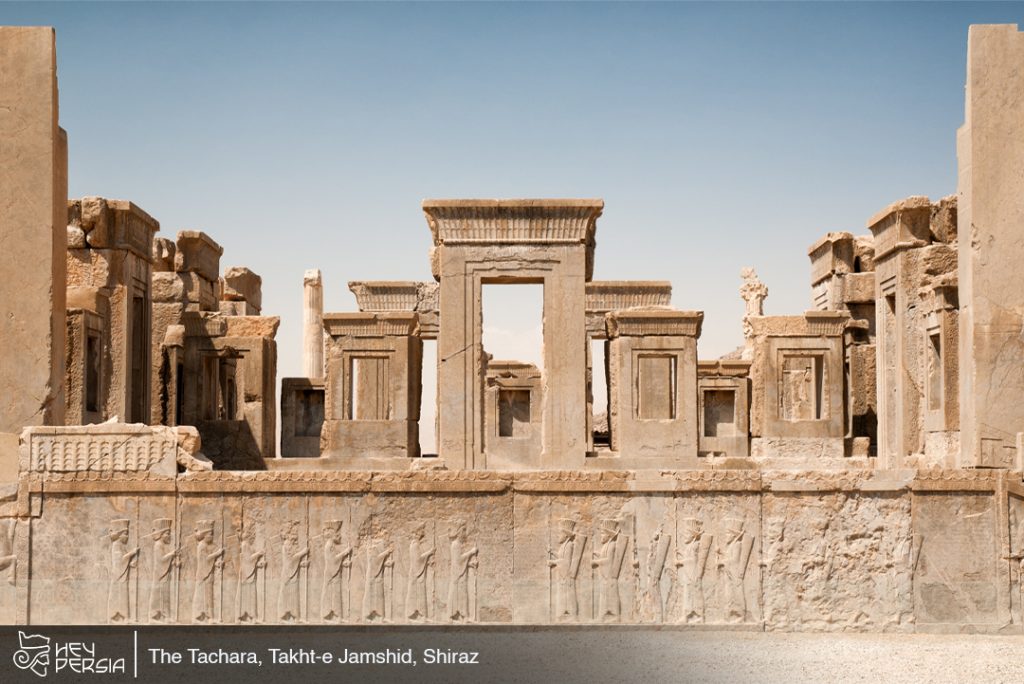
The Tomb of Artaxerxes II
In addition to the palaces and audience halls, Persepolis houses the tomb of Artaxerxes II. He was one of the later Achaemenid kings. This tomb, a rock-cut structure located on a nearby hillside, adds an air of mystery and solemnity to the site. It is giving visitors the opportunity to witness the final resting place of a once-powerful ruler.
The Significance of Persepolis and Ruins of Takht-e-Jamshid
Persepolis holds immense historical and cultural significance, offering invaluable insights into the administration, art, and societal structure of the Achaemenid Empire. The reliefs and inscriptions found on the ruins provide valuable historical records, shedding light on the empire’s diplomatic relations, military campaigns, and religious practices. As a result, Persepolis continues to captivate scholars, archaeologists, and history enthusiasts, helping to unravel the mysteries of ancient Persia.
Travel to Iran

This tour plan offers an enchanting journey through the historical and cultural sites of Iran, followed by an exploration of…
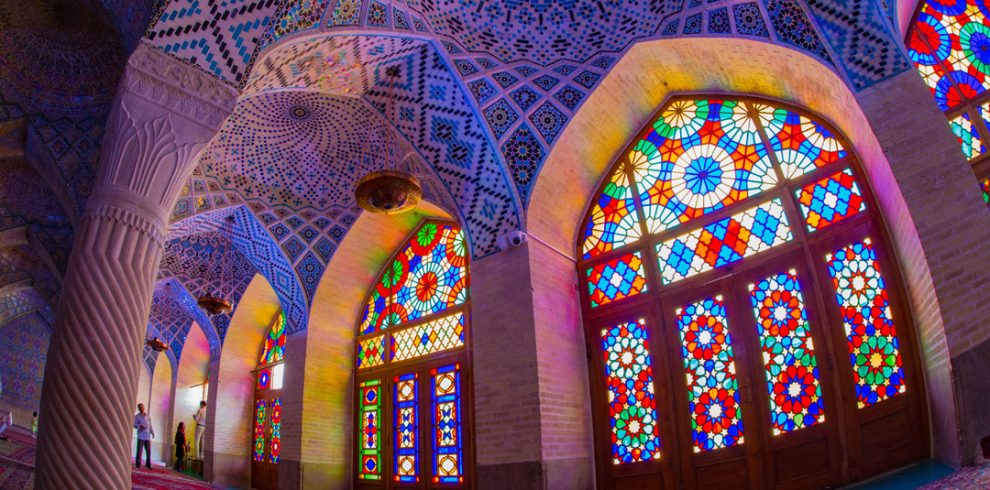
This cultural and historical visit to Iran promises an immersive experience that will leave a lasting impression. Prepare to be…
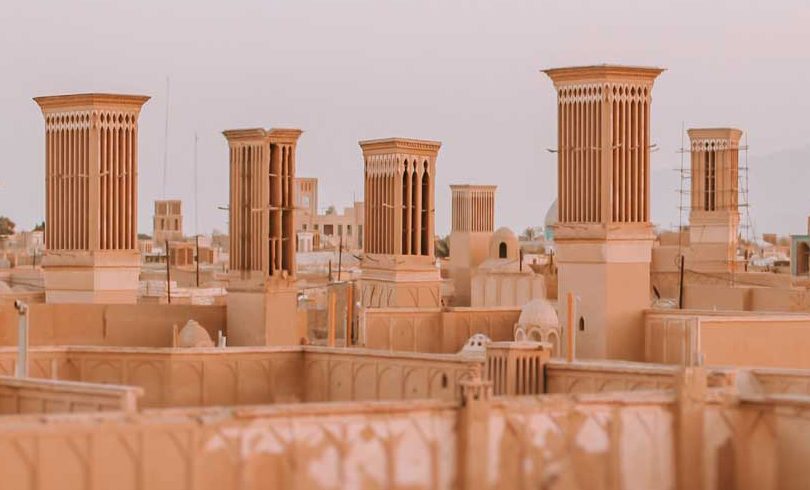
This cultural and historical visit to Iran promises an immersive experience that will leave a lasting impression. Prepare to be…
Preservation and UNESCO Status
In recognition of its outstanding cultural value, Persepolis was designated as a UNESCO World Heritage Site in 1979. The Iranian government, along with international partners, has made significant efforts to preserve and protect the archaeological site. Preservation work continues to this day, ensuring that future generations can continue to explore and appreciate the marvels of this ancient city.

Ruins of Takht-e-Jamshid shows the history
Finally, Takht-e-Jamshid, or Persepolis, in Shiraz, Iran, stands as a monumental testament to the artistic, architectural, and administrative achievements of the Achaemenid Empire. The site’s grandiose ruins, adorned with intricate bas-reliefs and inscriptions. It offers a vivid glimpse into the ancient world. Visitors can traverse back in time and witness the splendor of a once-mighty civilization. As an enduring symbol of Persian heritage, Persepolis continues to inspire admiration. It is beckoning travelers from all corners of the world to bear witness to the extraordinary legacy of ancient Persia.


